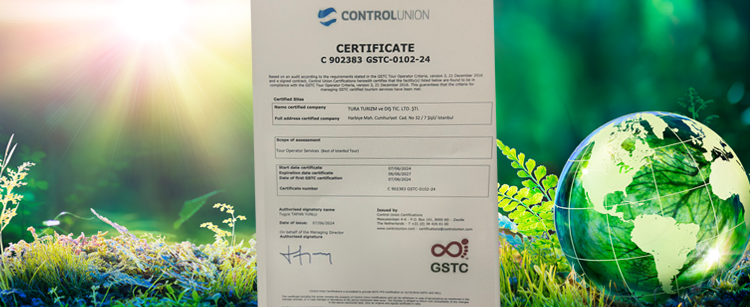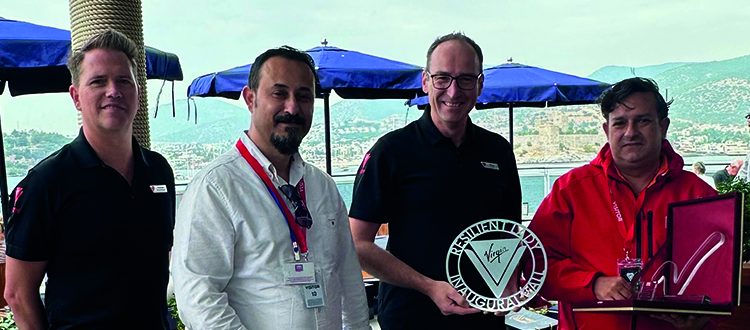
14.07.2025
Traverten
The word travertine comes from “Tivertino”, the Roman name for Tivoli in Italy, where extensive travertine deposits are found. Travertine is a multifaceted rock formed by precipitation as a result of chemical reaction due to various causes and environments. After the thermal water comes out of the spring, it comes to the travertine head with a 320-meter-long channel and from there it pours into the travertine floors where 60-70 meters of sedimentation occurs and travels an average of 240-300 meters.The ancient city of Hierapolis has survived to the present day in a very good state of preservation. The Roman Bath, which we can definitely say that it was visited very often when it was a thermal center, is now used as an archaeological museum.Most of the ruins of the ancient city of Pamukkale Hierapolis, which stands in all its glory right next to Pamukkale Travertines, are also from this period. These ruins, along with the uniquely beautiful travertines, are included in the UNESCO World Cultural and Natural Heritage List.








